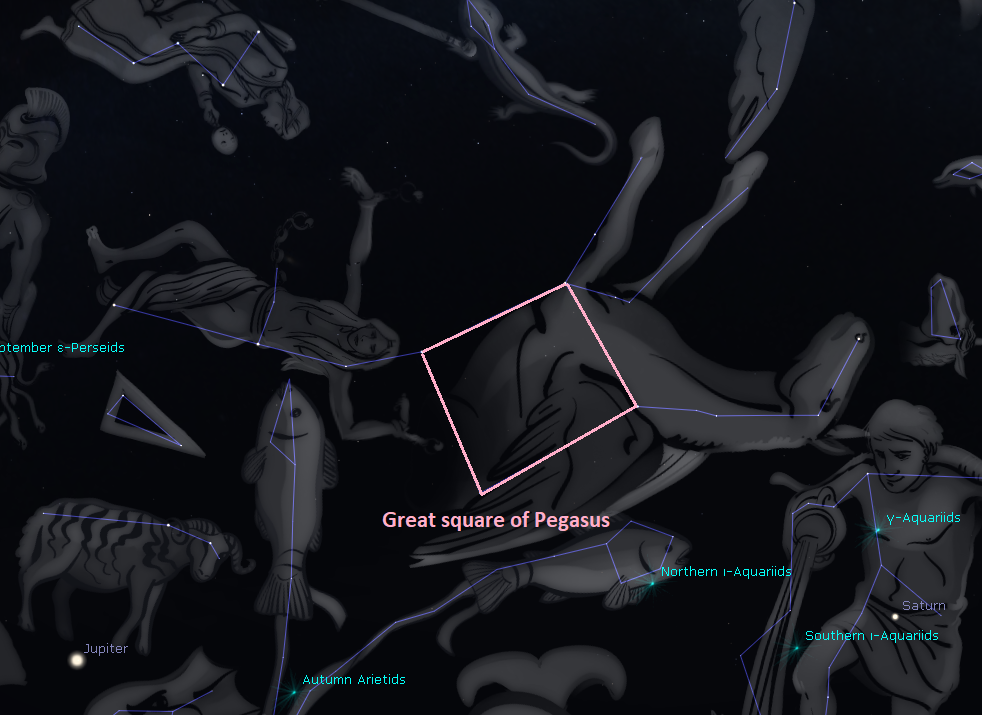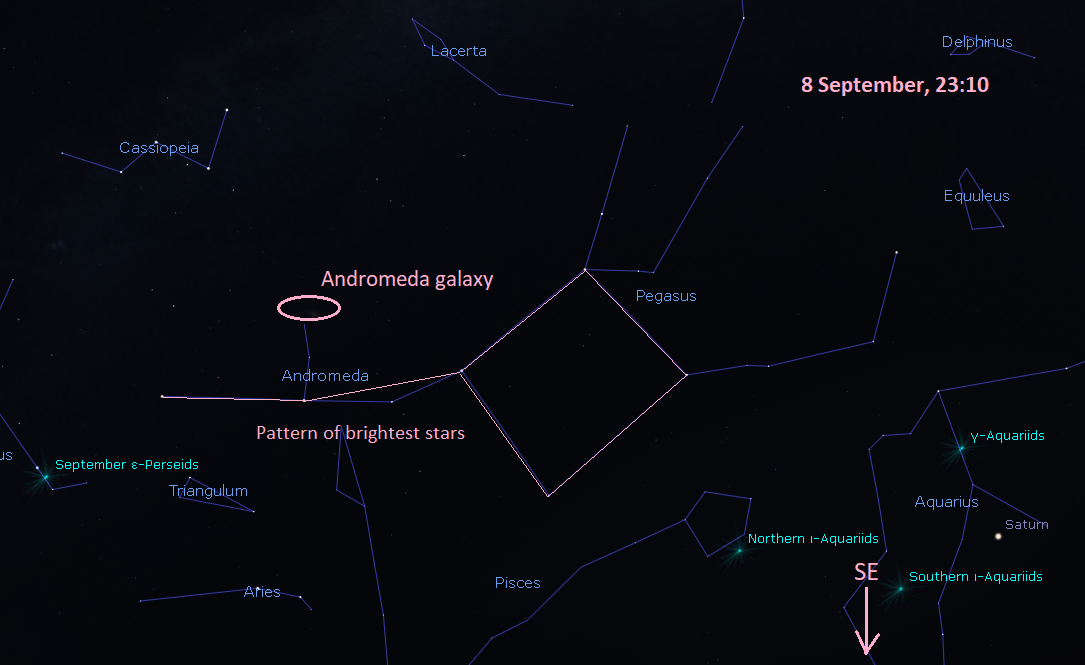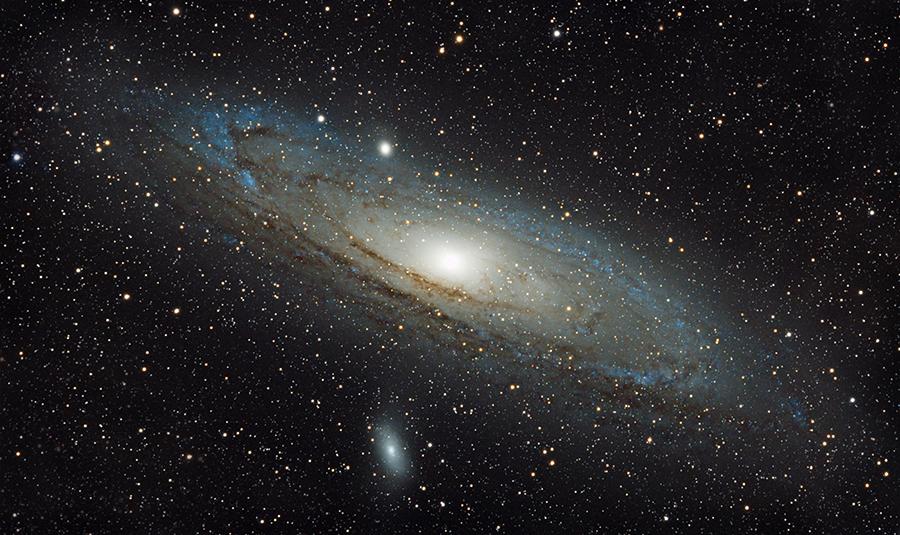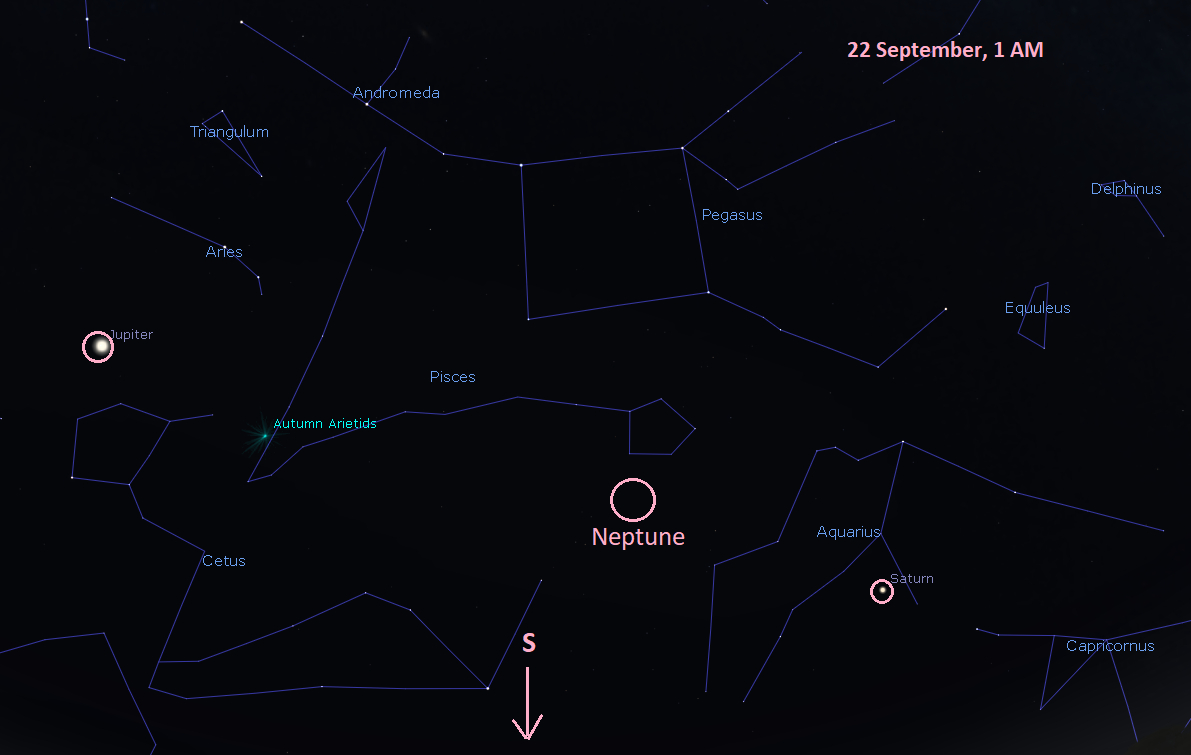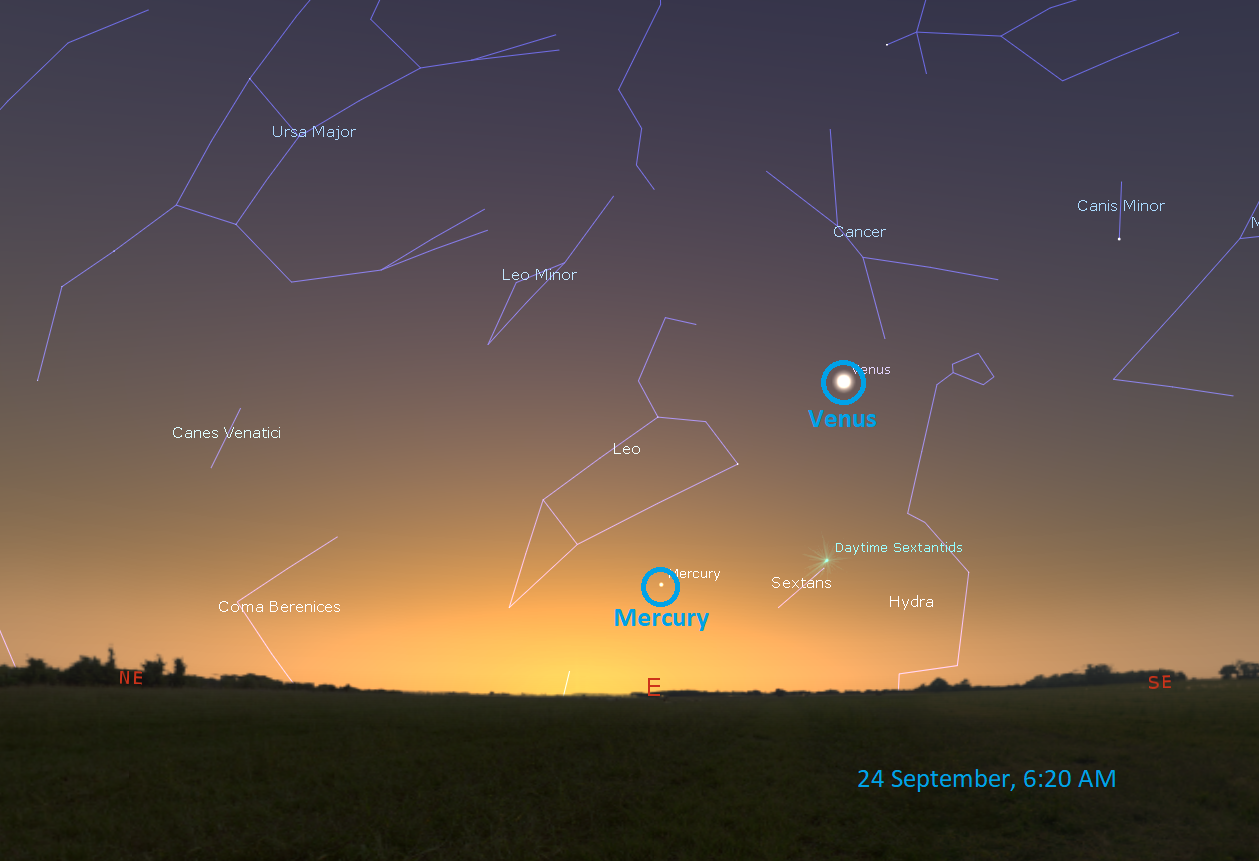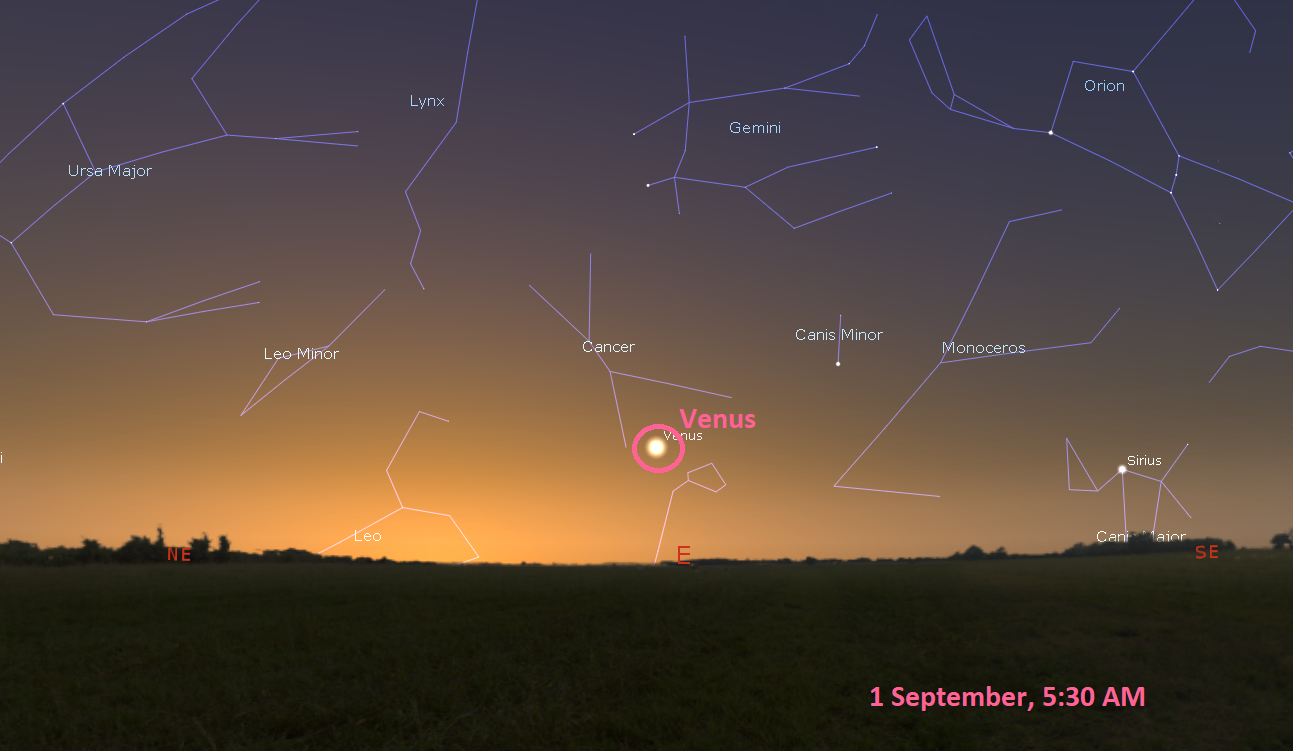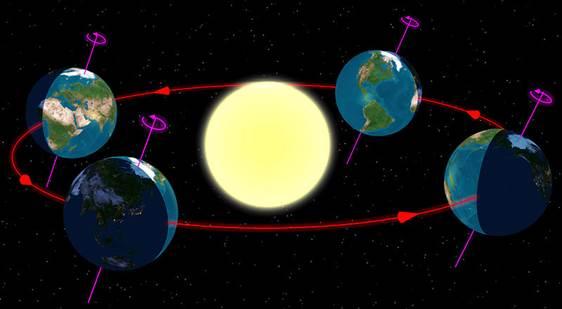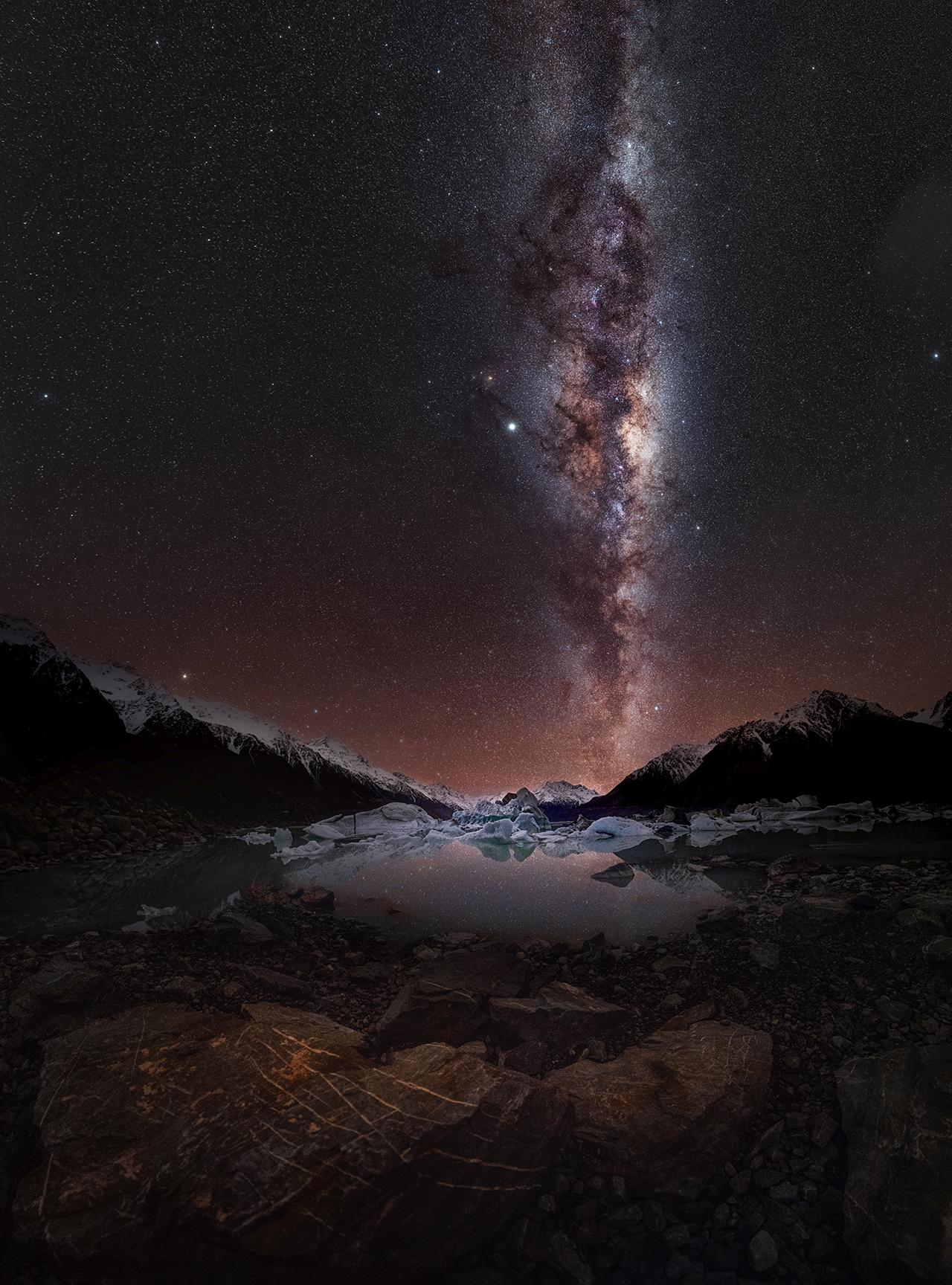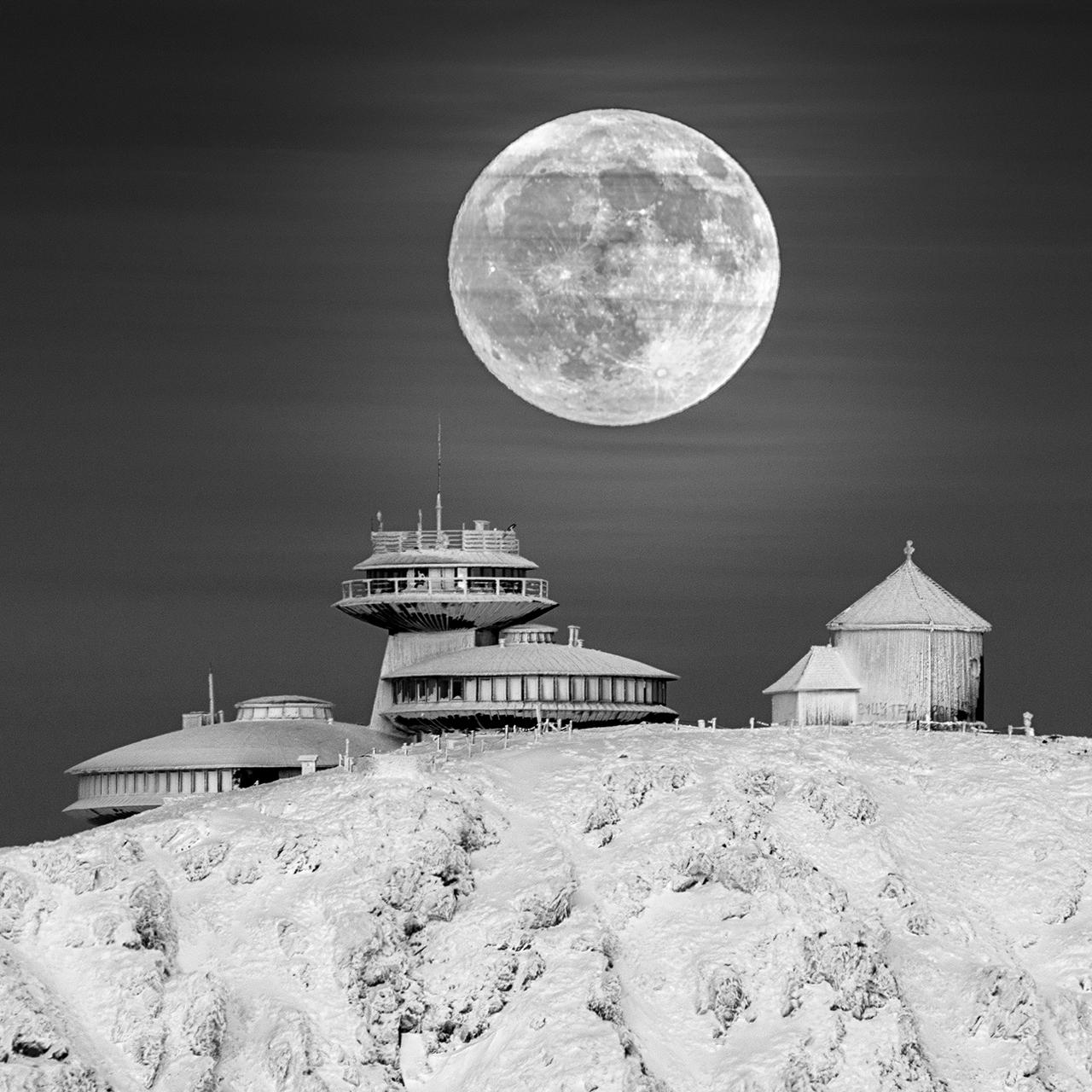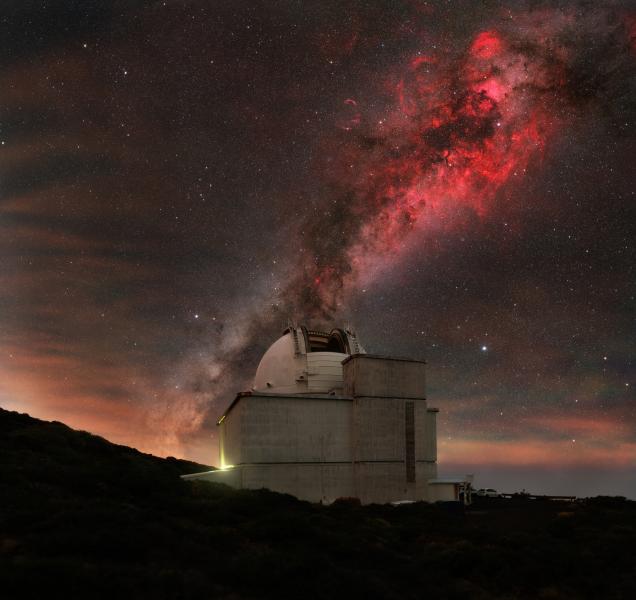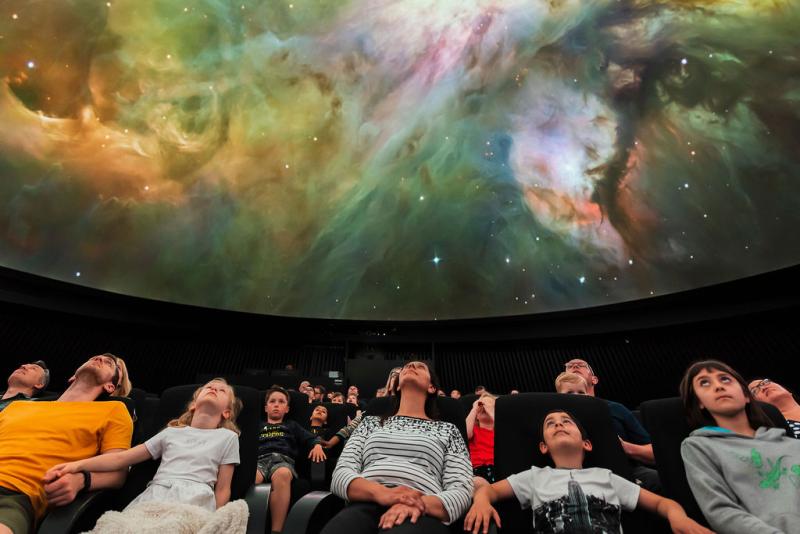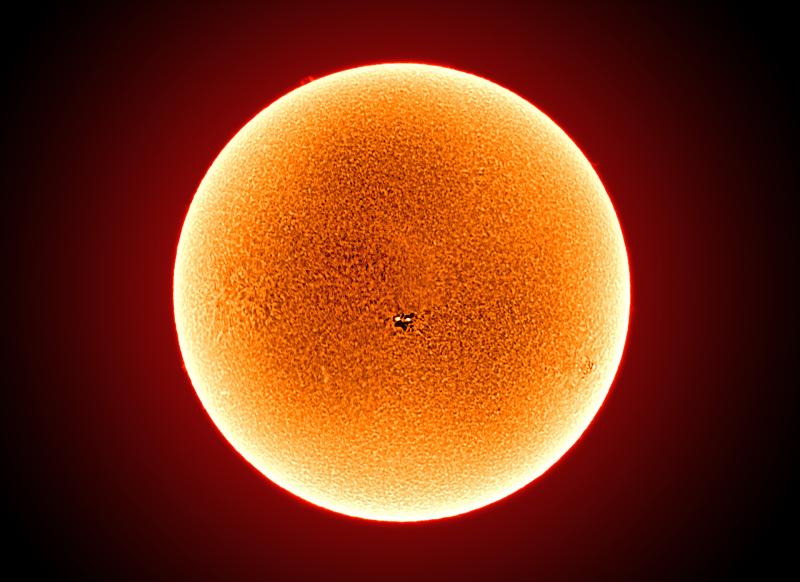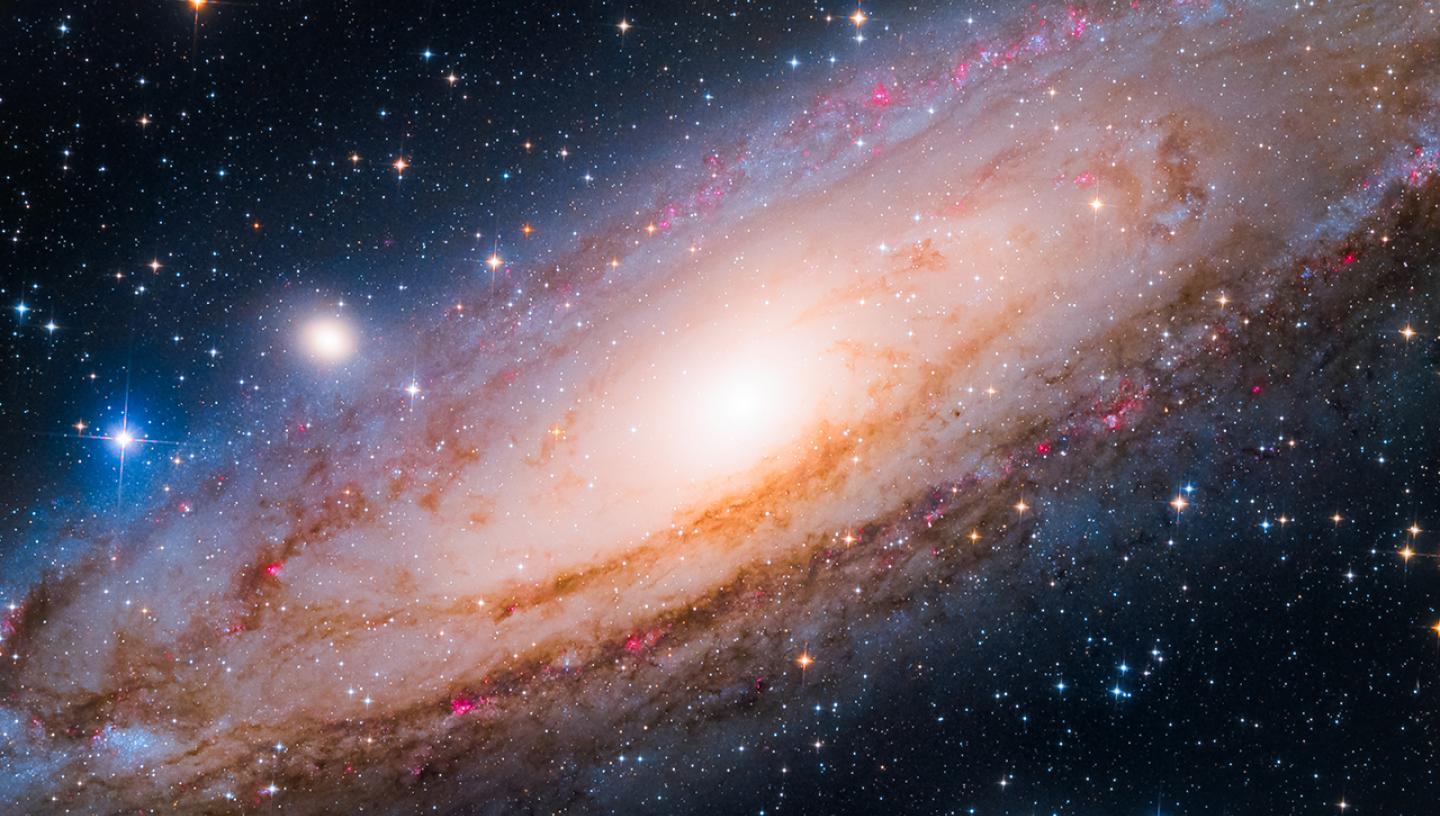
Discover what to see in September's night sky, including a majestic winged horse, a galaxy far, far away, and a selection of planets.
Written with Lilly Goodchild, Work Experience Student
Top 3 things to see in the night sky in September 2023
- Throughout the month - The constellation of Pegasus
- Throughout the month - The Andromeda Galaxy
- 19 September - Neptune at opposition
(Details given are for London and may vary for other parts of the UK)
Look Up! Podcast
Subscribe and listen to the Royal Observatory Greenwich's podcast Look Up! As well as taking you through what to see in the night sky each month, Royal Observatory astronomers pick two space news stories to talk about. In September's episode, available below, we talk about how scientists almost lost Voyager 2 forever, and huge tidal waves on a heartbreaker star.
At the start of September, join the conversation on Twitter (@ROGAstronomers) and tell us: if we were to launch Voyager 3, what would you want to put in its time capsule for potential aliens to find in the distant future?
Our podcast is available on iTunes and SoundCloud.
Pegasus the Winged Horse
The constellation of Pegasus starts to dominate the evening sky this month and is easily recognised by the four stars that mark the points of a square. The Great Square of Pegasus is often used as a test for how good seeing conditions are – the more stars you can see within the square, the better the conditions, as it shows that the sky is dark, clear and there is little movement in our atmosphere.
Pegasus’ head and neck are represented by four stars that offshoot from the star Markab in the southwestern corner of the Great Square, while the horse's front legs are attached to Scheat which is in the northwest. The northeasternly star in the Great Square is Alpheratz and is shared between the constellations of Pegasus and Andromeda.
The Andromeda Galaxy
If you want to try your hand at searching for galaxies far, far away this month, the New Moon on 15 September is the perfect time to get your telescope out.
New Moon means that there is no light from the Moon getting in the way of you and your stargazing - provided you are in an area of little light pollution.
Our nearest galactic neighbour, the Andromeda Galaxy, is well placed in September’s skies and if you are lucky to be in a very dark area, you might spot it with just your eyes as a fuzzy patch in the inky black sky.
One way to locate it is to use the ‘W’ shape of Cassiopeia in the northeastern sky. The peaks of the W appear to point to Andromeda. You can also use the central stars in Pegasus’ front legs to find this galaxy. Binoculars will show Andromeda’s oval shape while a small telescope will show a larger oval with a bright centre.
Planets galore
Jupiter and Saturn are both visible to the naked eye in the night sky throughout the month, but if you have a telescope, why not take the opportunity to try and view some Galilean moons or Saturn’s rings as well?
For anyone with a more powerful telescope, 19 September is a great time to view the big blue planet Neptune, as it will be at opposition, coinciding with the planet’s perigee (the closest that it will be to Earth). When we say a planet is in ‘opposition’, this means that a planet is directly ‘opposite’ the Earth, in line with the Sun, so its face will be fully illuminated by the Sun’s light.
Neptune will be most easily seen in the evening of the 19th from 21:40 until the early hours of the morning at around 04:10. However, due to the large distance between the two planets, you would definitely need a telescope to view or photograph this phenomenon.
Or, if you’re an early riser, you can catch Venus in the predawn sky towards the east throughout September. Similarly, Mercury has its greatest elongation west on 22 September and may be visible to the naked eye in the early hours of the morning. However, it has a peak elevation of 15 degrees above the horizon, so it may not be easy to view depending on your location.
Autumn equinox
It might be time to get out your scarves and jumpers if you're living in the UK because autumn is officially here (by astronomical definition at least). 23 September at 7:50 BST sees the autumnal equinox here in the Northern Hemisphere. This is where the Northern and Southern Hemispheres separated by the Equator are lit up equally by the Sun, with no side physically closer to the Sun, due to the Earth's axial tilt.
In fact, there are different ways of defining the seasons. Astronomers use the solstices and equinoxes to mark the start and end of the seasons, so for us autumn in the northern hemisphere starts at the September equinox and ends at the winter solstice. Other definitions use changes in the behaviours of animals and plants, the climate, and splitting the calendar into four equal parts, with each season having 3 months.
September night sky highlights in the Southern Hemisphere
For those who are south of the equator, September is the final month of the year that the centre of the Milky Way is in a convenient location as it will start to get too low from October. One way to find it is by using the bright stars in the Summer Triangle.
Join Deneb and Altair and keep coming down towards the horizon until you find the Teapot asterism in Sagittarius and the Hook of Scorpius. You will find the heart of our galaxy between these two asterisms.
The Harvest Moon
On to the Moon, and the full Moon at the end of this month is a special one! This is called the Harvest Moon, a name associated with the full Moon closest to the equinox. Many other traditions celebrating the harvest are centred around this time as well - including Chuseok (a Korean festival of harvest and remembrance of ancestors), Higan (a Japanese holiday spanning from 3 days on either side of the equinox, also to remember their ancestors) and Mabon (a pagan harvest festival) amongst many, many others.
Moon phases for September 2023:
Third Quarter: 6 September (23:21)
New Moon: 15 September (02:39)
First Quarter: 22 September (20:31)
Full Moon: 29 September (10:57)
Stargazing Tips
- When looking at faint objects such as stars, nebulae, the Milky Way and other galaxies it is important to allow your eyes to adapt to the dark so that you can achieve better night vision.
- Allow 15 minutes for your eyes to become sensitive in the dark and remember not to look at your mobile phone or any other bright device when stargazing.
- If you're using a star app on your phone, switch on the red night vision mode.
See our range of observing equipment
Share your pictures
Do you have any images of the night sky? If so, why not share your photos via our Royal Observatory Astrophotography Facebook group.
You can also connect with us via Twitter: @ROGAstronomers
Never miss a shooting star
Sign up to our space newsletter for exclusive astronomy highlights, night sky guides and out-of-this-world events.
You may also be interested in
Header image: Andromeda Galaxy: The Neighbour by Yang Hanwen and Zhou Zezhen | Astronomy Photographer of the Year 2022 Young competition
